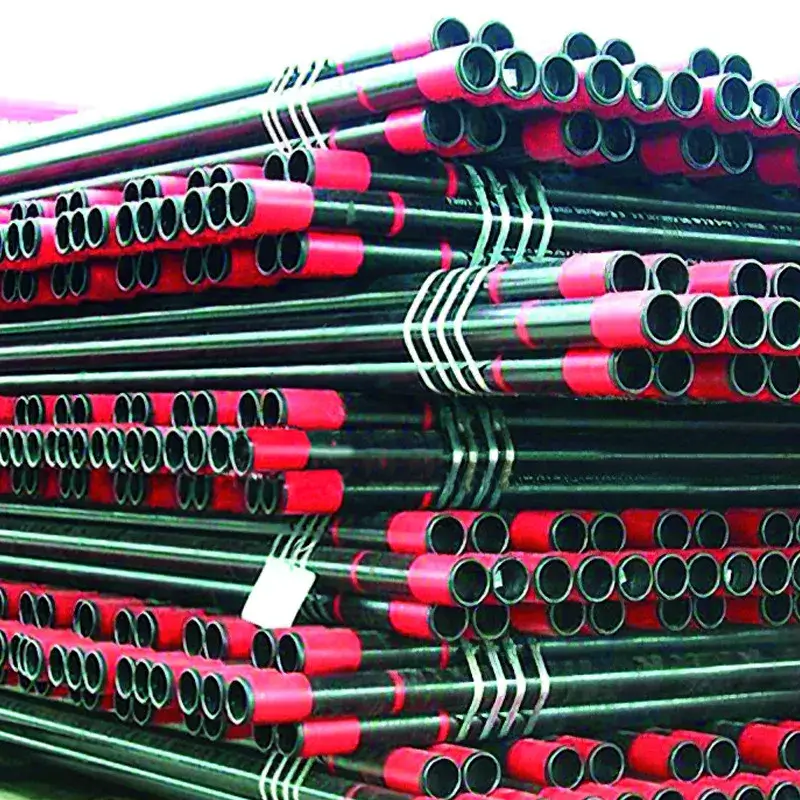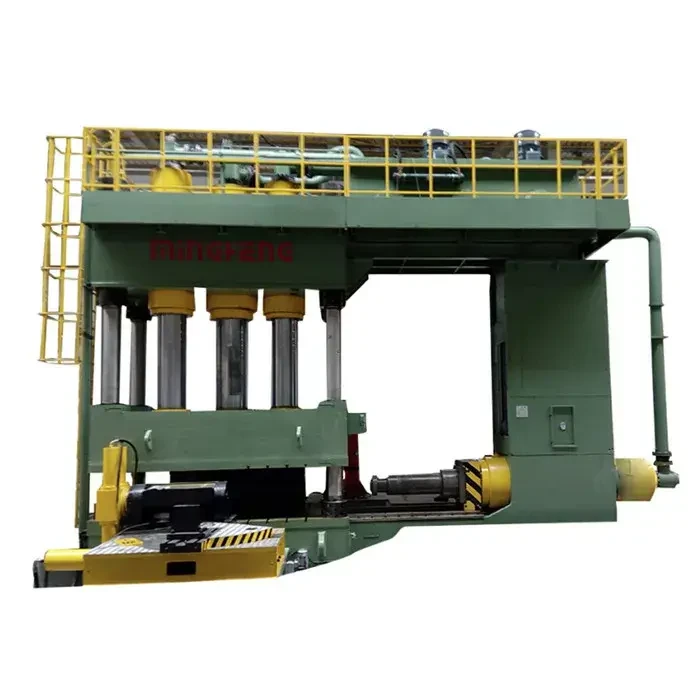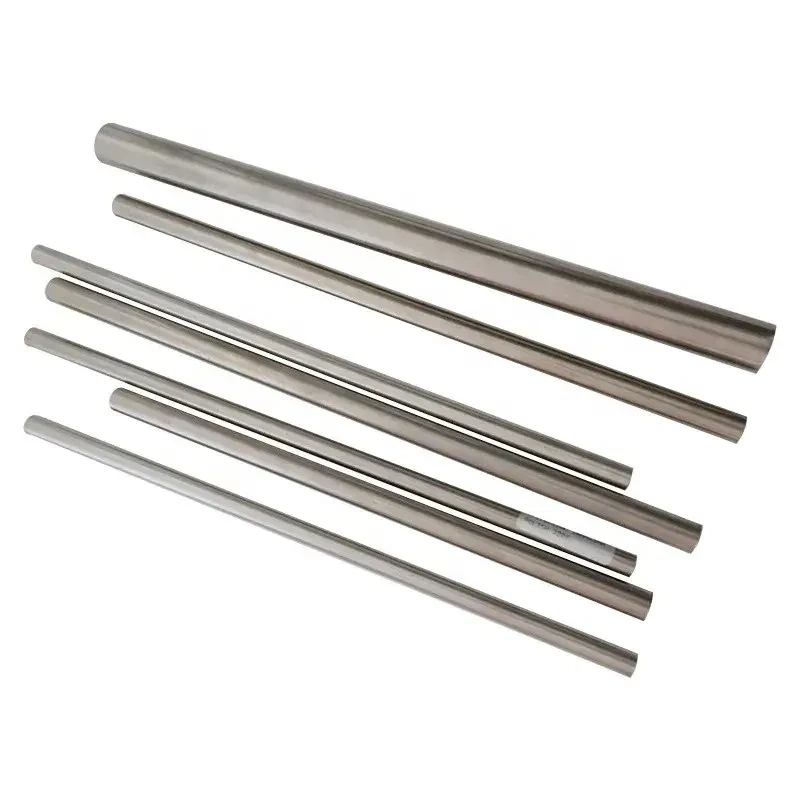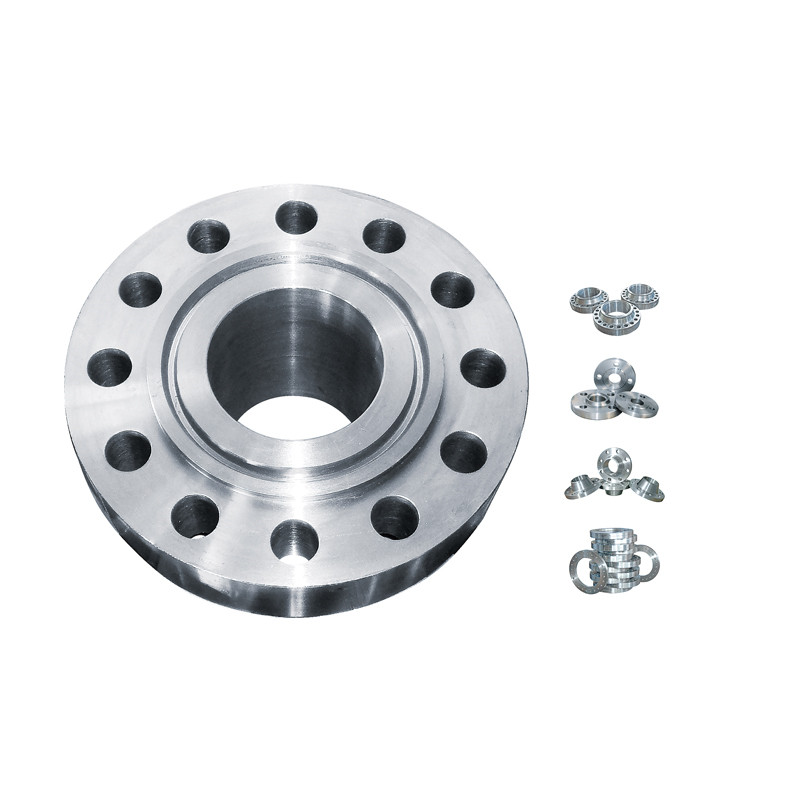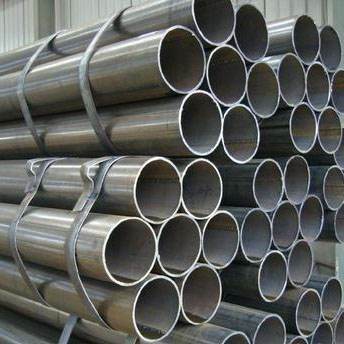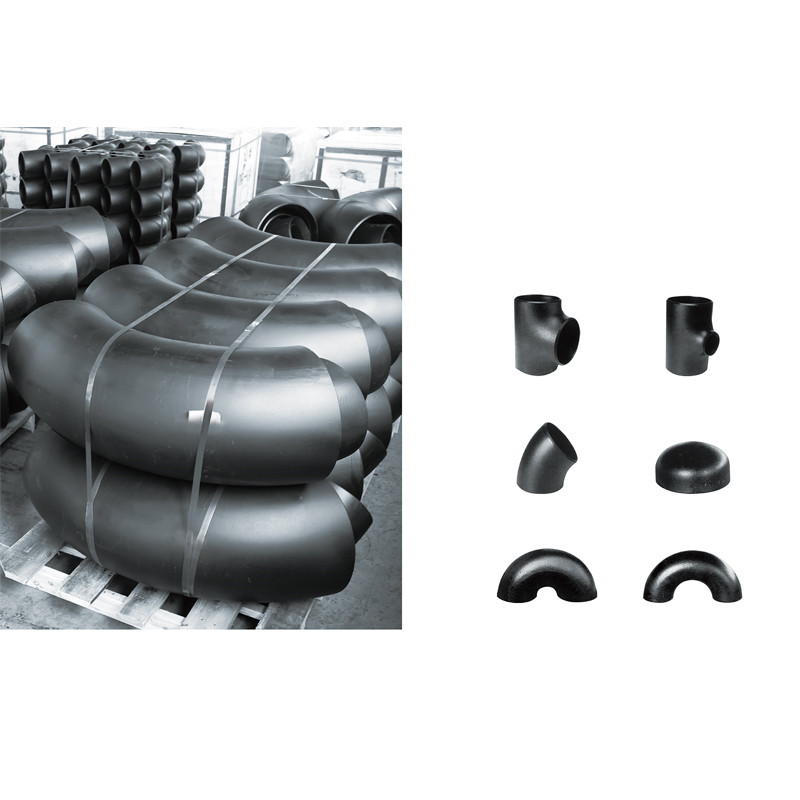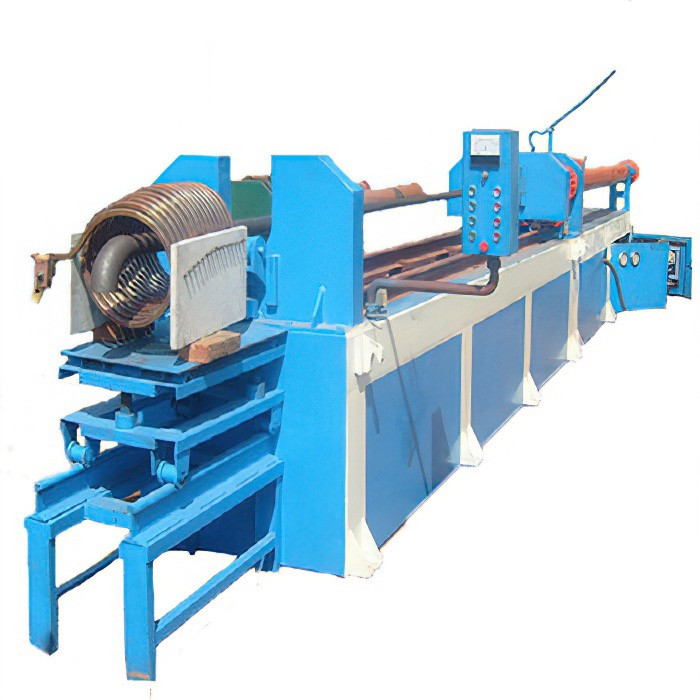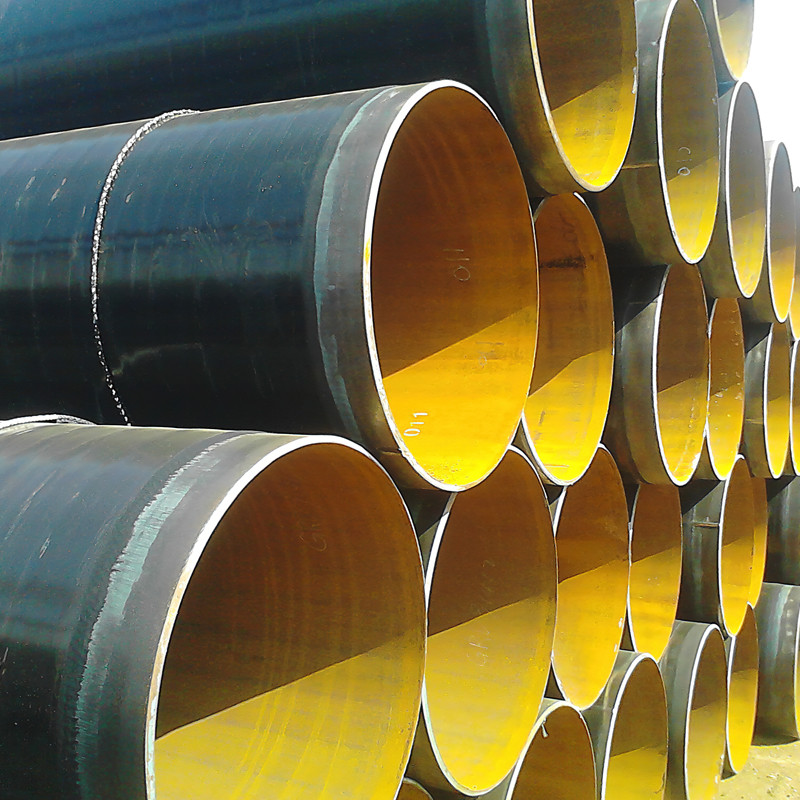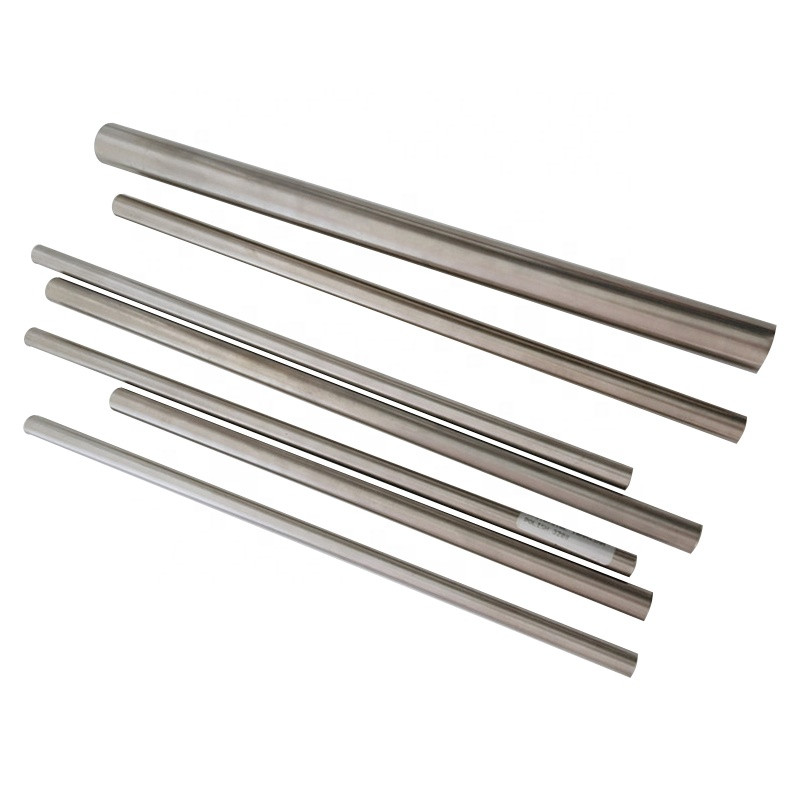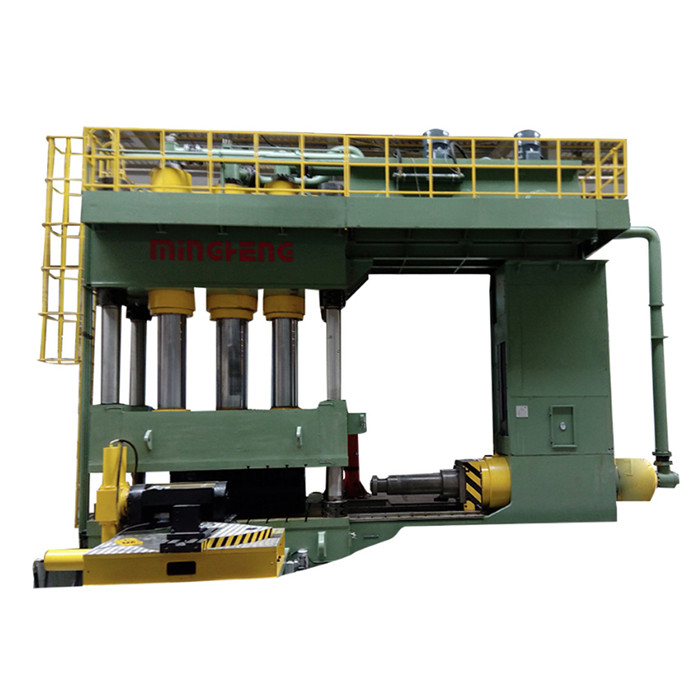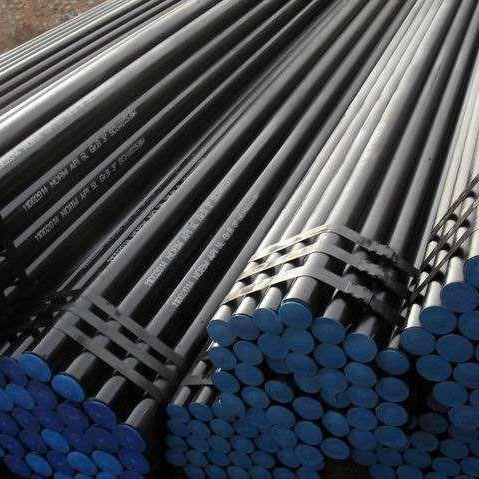Advancing Industrial Infrastructure with Steel Structure Solutions
In the realm of modern industrial and commercial development, the expertise of steel structure builders is paramount. As industries demand greater efficiency, resilience, and sustainability from their infrastructure, steel frame construction has emerged as the definitive choice. This method, championed by leading steel frame construction companies, offers unparalleled advantages in terms of strength, speed of erection, and design flexibility. The global market for structural steel is projected to grow significantly, driven by urbanization and infrastructure development, highlighting steel's indispensable role in shaping contemporary architecture and industrial facilities worldwide.
This comprehensive overview delves into the intricate process, technical superiority, diverse applications, and inherent trustworthiness associated with high-quality steel structure building construction, providing B2B decision-makers with the insights needed to make informed investment decisions.
The Manufacturing Process: Precision and Quality by Steel Structure Builders
The fabrication of steel structures is a highly controlled, multi-stage process that ensures precision, structural integrity, and adherence to stringent international standards. Quality steel structure builders follow a rigorous workflow, beginning with raw material sourcing and culminating in the final structural assembly.
Key Process Stages:
- Material Sourcing & Preparation: High-grade structural steel, such as ASTM A572 Grade 50, A992, or Chinese standard Q345B/Q235B, is procured from certified mills. These materials are selected for their excellent yield strength, tensile strength, and weldability. Initial steps include cleaning and cutting to preliminary dimensions.
-
Fabrication & Machining:
- Cutting: Advanced CNC plasma or laser cutting machines are employed to achieve precise cuts as per design specifications, minimizing material waste and ensuring accuracy.
- Drilling & Punching: Holes for bolted connections are precisely drilled or punched using automated machinery, ensuring perfect alignment during erection.
- Welding: Components are assembled and welded using methods like Flux-Cored Arc Welding (FCAW) or Submerged Arc Welding (SAW), guaranteeing strong, durable connections. All welding processes adhere to AWS D1.1 or equivalent international codes.
- Bending & Forming: Specialized equipment is used for bending plates and sections to specific radii or angles, particularly for complex architectural designs or pressure vessel components.
-
Surface Treatment:
- Shot Blasting: Surfaces are grit-blasted to Sa2.5 grade, removing rust, scale, and contaminants, creating an optimal surface for paint adhesion.
- Coating: Multiple layers of primer (e.g., zinc-rich epoxy), intermediate coats, and topcoats are applied to provide superior corrosion resistance and fire protection, extending the service life to 50-100 years even in harsh environments. Finishes are often specified to ISO 12944 standards.
- Quality Control & Testing: Throughout the process, stringent quality checks are performed, including ultrasonic testing (UT), magnetic particle inspection (MPI) for welds, dimensional accuracy checks, and coating thickness measurements. All testing conforms to ISO 9001 quality management systems and relevant ANSI standards.
- Pre-assembly & Packaging: Components may undergo trial assembly to ensure perfect fit before disassembly, marking, and packaging for transport. Each piece is carefully labeled for easy identification on site.
This meticulous process ensures that the fabricated structures are ready for efficient erection, offering significant advantages in typical application scenarios such as energy saving through optimized material use and superior corrosion resistance due to advanced coating systems.
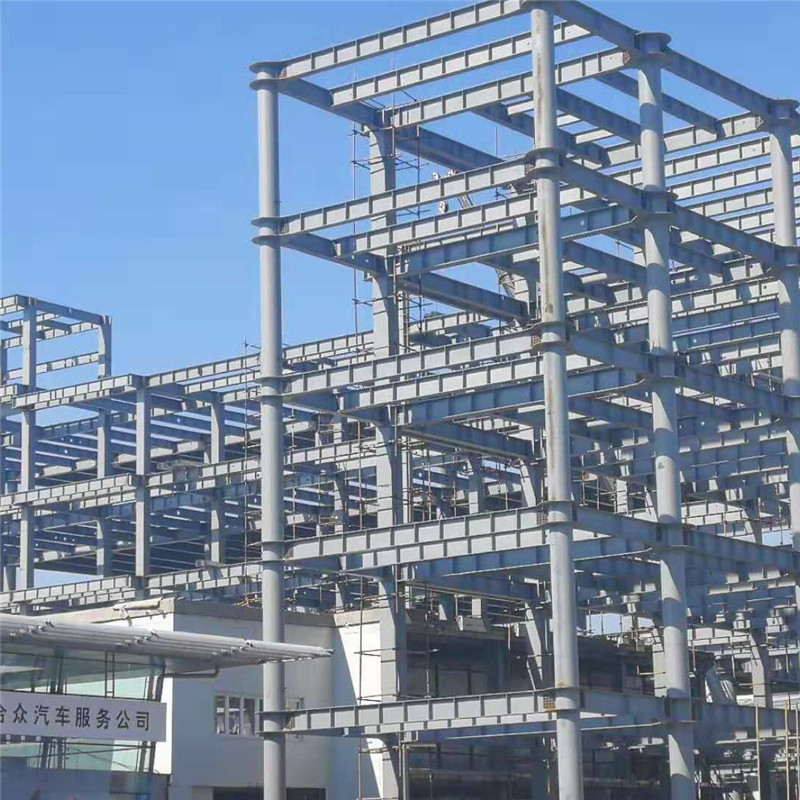
Technical Specifications and Design Principles in Steel Structure Building Construction
The efficacy of steel structure building construction hinges on meticulous design and adherence to robust technical specifications. Understanding the underlying principles is crucial for optimizing structural performance and longevity.
Types of Construction in Steel Design:
- Moment Resisting Frames: These provide lateral stability through rigid connections between beams and columns, allowing for open architectural plans without extensive bracing. They are typically used in multi-story commercial and residential buildings.
- Braced Frames: Utilizing diagonal bracing (concentric or eccentric), these frames transfer lateral loads efficiently to the foundations, often used in industrial structures, warehouses, and seismic zones due to their high stiffness.
- Truss Structures: Ideal for long-span applications like roofs of auditoriums, aircraft hangars, or industrial sheds, trusses optimize material usage by distributing loads efficiently through a triangulated system of members.
- Grid Structures and Arches: Used for architectural aesthetics and unique load distribution, offering vast clear spans and distinctive forms.
Product Specification Table: Steel Structure Construction Building
| Parameter | Specification |
|---|---|
| Steel Grade | Q235B, Q345B (Chinese Standard); ASTM A36, A572 Gr.50 (American Standard); SS400 (Japanese Standard) |
| Design Standard | AISC, AWS, BS 5950, GB50017-2003, Eurocode 3 |
| Wind Load Capacity | 0.3 - 0.9 kN/m² (adjustable based on regional code) |
| Snow Load Capacity | 0.3 - 0.8 kN/m² (adjustable based on regional code) |
| Seismic Resistance | Up to Magnitude 9 (Richter scale) / Zone 4 (UBC) |
| Fire Rating | 1-4 hours (achieved with intumescent paint or fireproofing boards) |
| Corrosion Protection | Multiple coating systems (e.g., zinc-rich epoxy primer + PU topcoat to C3-C5 according to ISO 12944) |
| Typical Span | 18m - 60m (clear span), extendable with intermediate columns |
| Service Life | 50 - 100 years, depending on environment and maintenance |
These parameters underline the robustness and adaptability inherent in well-engineered steel structures, allowing them to meet diverse operational and environmental demands.
Applications and Real-World Scenarios for Steel Structures
The versatility of steel structures makes them indispensable across a multitude of industries, addressing complex functional requirements with inherent structural advantages. From heavy industrial complexes to modern commercial hubs, steel provides reliable and efficient solutions.
Target Industries and Scenarios:
- Petrochemical & Energy: Structures for refineries, power plants, and offshore platforms demand exceptional strength and corrosion resistance. Steel frame construction provides the large clear spans needed for equipment, high load-bearing capacity for machinery, and specialized coatings protect against aggressive chemical environments, ensuring longevity and safety.
- Metallurgy & Mining: Facilities like smelters, foundries, and processing plants require structures capable of supporting heavy overhead cranes and resisting high temperatures and abrasive conditions. Steel's ductility and ability to withstand dynamic loads are critical here.
- Warehousing & Logistics: Rapidly expanding industries benefit from steel's quick erection times and vast clear spans, ideal for automated storage and retrieval systems (AS/RS) and efficient material handling. The modularity of steel also allows for future expansion with minimal disruption.
- Manufacturing & Industrial Parks: From automotive assembly lines to electronics fabrication, steel provides flexible layouts, ample natural light opportunities, and the structural integrity to support heavy equipment and overhead utilities.
- Water Supply & Drainage Treatment: Pumping stations, treatment plants, and desalination facilities leverage steel for its resistance to moisture and its capacity to enclose large, complex machinery. Advanced corrosion protection systems are vital in these demanding, humid environments.
- Commercial & Public Buildings: High-rise offices, shopping centers, and sports arenas benefit from steel's architectural flexibility, enabling innovative designs and faster construction schedules, thereby reducing overall project costs and accelerating time to market.
In these scenarios, steel's inherent properties translate into tangible benefits: reduced construction waste contributing to energy saving goals, superior structural performance under extreme conditions, and adaptability for future modifications, representing a sound investment for industrial stakeholders.

Technical Advantages of Steel Structure Construction
Steel structure construction offers a compelling array of technical and operational advantages over traditional building methods, making it the preferred choice for forward-thinking organizations.
- High Strength-to-Weight Ratio: Steel possesses superior strength per unit of weight compared to other materials. This allows for lighter foundations, larger clear spans, and more efficient use of space, reducing overall material consumption and environmental impact.
- Speed of Construction: Fabrication occurs off-site in controlled factory environments, allowing for simultaneous foundation work. Pre-engineered components are then rapidly erected on-site, significantly compressing project timelines and reducing labor costs. This modular approach can shorten construction periods by up to 30-50%.
- Design Flexibility and Adaptability: Steel's inherent ductility and workability allow for innovative architectural designs and easy modification or expansion. Future alterations, such as adding floors or extending bays, are simpler and more cost-effective with steel structures.
- Superior Durability and Longevity: With proper surface treatment and maintenance, steel structures can last for a century or more. They are highly resistant to aging, pests, and environmental degradation, providing a durable asset.
- Excellent Seismic Resistance: Steel's high ductility and energy absorption capacity make structures highly resistant to seismic forces. They can deform significantly without fracturing, providing enhanced safety in earthquake-prone regions.
- Sustainability: Steel is 100% recyclable without loss of properties, making it an environmentally friendly choice. Its strength-to-weight ratio also reduces transportation impacts. Modern steel production also incorporates significant recycled content.
- Cost-Effectiveness Over Lifetime: While initial costs may vary, steel structures often offer a lower total cost of ownership due to faster construction, reduced maintenance, and longer service life, alongside potential for insurance premium reductions.
These advantages collectively position steel as the optimal material for a wide range of demanding construction projects, delivering robust, efficient, and sustainable infrastructure.
Vendor Comparison: Choosing the Right Steel Structure Building Contractor
Selecting a proficient steel structure building contractor is a critical decision that directly impacts project success. While many steel frame construction companies exist, discerning the most suitable partner requires a thorough evaluation of several key criteria beyond just price.
Key Evaluation Criteria for Steel Frame Construction Companies:
- Experience and Portfolio: Assess the company's track record with projects of similar scale, complexity, and industry. A diverse and robust portfolio indicates broad capabilities.
- Certifications and Quality Control: Verify certifications such as ISO 9001 (Quality Management), ISO 3834 (Welding Quality), EN 1090 (Execution of Steel Structures), and AWS D1.1. These demonstrate commitment to international standards and quality assurance.
- Engineering and Design Capabilities: A strong in-house engineering team capable of providing value engineering, detailed structural analysis, and BIM (Building Information Modeling) services is invaluable.
- Fabrication Facilities: Evaluate the manufacturing capacity, equipment (e.g., automated welding lines, CNC machines), and adherence to safety and environmental standards at their fabrication plants.
- Project Management & Communication: Effective communication, transparency in reporting, and robust project management methodologies are crucial for on-time and on-budget delivery.
- Safety Record: Review the company's safety statistics and protocols. A strong commitment to worker safety is non-negotiable.
- After-Sales Support & Warranty: Understand their commitment to ongoing support, maintenance guidance, and warranty terms for the fabricated structures.
Comparison Table: Steel Construction Solutions
| Feature | Vendor A (Example) | Vendor B (Example) | This Company |
|---|---|---|---|
| Certifications | ISO 9001, AWS D1.1 | ISO 9001, CE EN1090 | ISO 9001, AWS D1.1, CE EN1090-1, AISC, CWB |
| Project Lead Time (Avg. Industrial) | 18-24 weeks | 20-28 weeks | 14-20 weeks (optimized process) |
| Customization Level | Moderate (Standard templates) | High (Architectural focus) | Extensive (Engineering-driven, complex industrial) |
| Engineering Support | Basic design review | Full design & analysis | Full spectrum: concept to fabrication details, BIM integration |
| Warranty (Structural Integrity) | 5 years | 10 years | 20+ years (with adherence to maintenance) |
This comparison highlights the importance of aligning a vendor's capabilities with specific project requirements, ensuring long-term value and operational efficiency.
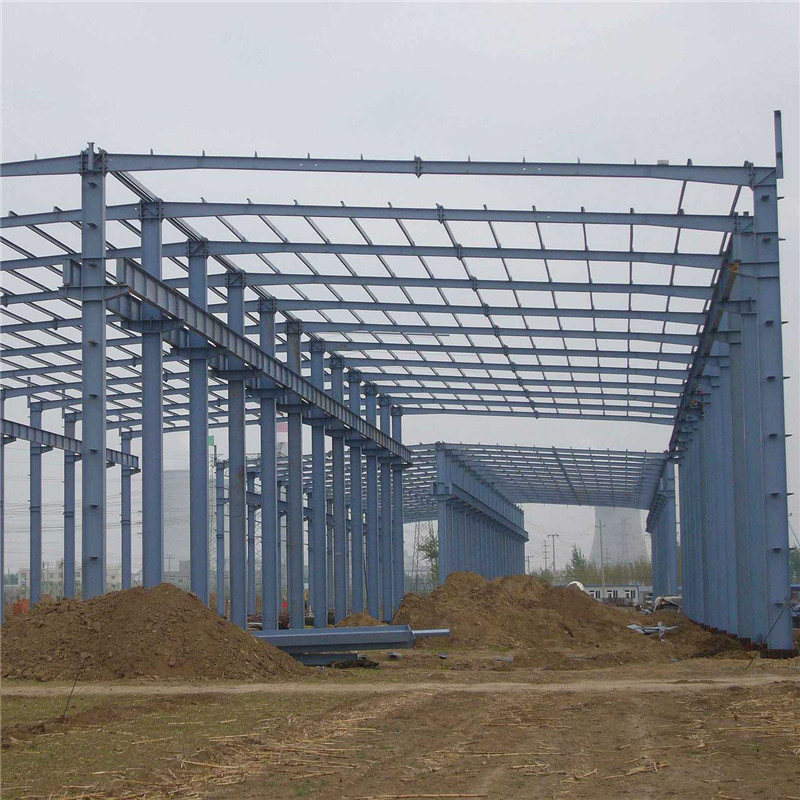
Customized Solutions and Engineering Expertise from Steel Structure Builders
Leading steel structure builders recognize that no two projects are identical. Therefore, the ability to deliver highly customized solutions, backed by profound engineering expertise, is a core differentiator. This involves a collaborative design process and the application of advanced technological tools to meet unique client demands.
- Tailored Design Optimization: Beyond standard templates, customization extends to optimizing structural elements for specific load requirements (e.g., heavy machinery, dynamic loads), environmental conditions (e.g., high winds, seismic activity), and operational workflows. This often involves intricate calculations and advanced finite element analysis (FEA).
- Architectural Integration: For projects where aesthetics are critical, steel allows for complex geometries, exposed structural elements, and large glazed areas. Experts can integrate architectural vision with structural integrity, ensuring both form and function are achieved.
- Advanced Software & BIM: Utilizing cutting-edge software like Tekla Structures, AutoCAD, and SAP2000, engineers develop highly detailed 3D models and precise fabrication drawings. Building Information Modeling (BIM) facilitates multidisciplinary coordination, clash detection, and accurate material take-offs, minimizing errors and improving efficiency throughout the project lifecycle.
- Material Selection Guidance: Advising on appropriate steel grades, connection types (bolted, welded, or hybrid), and protective coating systems (e.g., intumescent paints for fire protection, galvanization for extreme corrosion) based on project-specific environmental and regulatory requirements.
- Value Engineering: Expert engineers actively seek opportunities to optimize the design for cost-effectiveness without compromising structural performance or safety. This might involve optimizing member sizes, connection details, or fabrication sequences.
This bespoke approach ensures that each steel structure is not just built, but intelligently engineered to perform optimally for its intended purpose, delivering maximum value to the client.
Application Case Studies and Client Success
Real-world application demonstrates the tangible benefits and proven performance of steel structures. Our experience extends across various challenging and demanding environments, partnering with leading global corporations to deliver robust infrastructure.
Case Study 1: Large-Scale Petrochemical Processing Plant
A prominent client in the Middle East required a new processing plant, demanding extensive piping racks, equipment support structures, and large clear-span warehouses. The project involved:
- Challenge: Corrosive coastal environment, extremely tight construction schedule, and complex load requirements for heavy industrial equipment.
- Solution: Engineered an intricate steel framework utilizing ASTM A572 Grade 50 steel, complemented by a multi-layer protective coating system (C5-I classification per ISO 12944) for exceptional corrosion resistance. Pre-fabrication of modules off-site streamlined erection, reducing on-site construction time by 35%.
- Outcome: Project delivered 6 weeks ahead of schedule, meeting all structural and safety standards, and significantly reducing downtime for the client's operations start-up. The long-term durability of the steel structure is projected to provide maintenance cost savings over its 70-year service life.
Case Study 2: Automated Logistics Hub in Europe
A global e-commerce giant commissioned a state-of-the-art logistics hub with vast, unobstructed spaces for automated sorting systems and high-bay storage in Western Europe.
- Challenge: Requirement for exceptionally large clear spans (up to 70 meters), capability to support significant roof loads (solar panels), and rapid expansion potential.
- Solution: Designed and fabricated an efficient steel truss system for the roof and utilized long-span steel girders for the main structure. The design incorporated modular bays to facilitate future expansion without impacting current operations. Advanced structural analysis ensured optimal performance under varying snow and wind loads characteristic of the region.
- Outcome: The facility was constructed within an accelerated 18-month timeframe, 20% faster than alternative methods, allowing the client to ramp up distribution capacity quickly. The flexible design provided the adaptability needed for future technology upgrades and capacity increases, proving the long-term strategic value of the steel structure.
These cases exemplify how precision-engineered steel structures enable clients to achieve their strategic objectives, providing robust, efficient, and future-proof infrastructure.

Trust and Support: Warranty, Lead Time, and FAQs
Establishing trust with B2B clients requires transparency, clear commitments, and robust support systems. We prioritize client confidence through well-defined service parameters.
Lead Time and Fulfillment:
Our streamlined process ensures efficient project delivery. Typical lead times for steel structure building construction projects vary based on complexity and scale:
- Design & Engineering Phase: 4-8 weeks
- Fabrication & Surface Treatment: 8-16 weeks (post-design approval)
- Shipping & Logistics: 2-6 weeks (dependent on destination)
- On-Site Erection: 4-12 weeks (site readiness, labor, and structure type dependent)
Total project completion, from initial design to erected structure, typically ranges from 18 to 32 weeks, with expedited options available for critical projects.
Warranty Commitments:
We stand behind the quality and durability of our Steel Structure Construction Building products with comprehensive warranties:
- Structural Integrity: A 20-year limited warranty against manufacturing defects in structural steel components, ensuring the load-bearing capacity and stability of the framework under specified design conditions.
- Corrosion Protection: A 5-year warranty on external protective coatings against significant peeling, blistering, or premature corrosion under normal use and maintenance, subject to specified environmental exposure categories (e.g., C3-C5).
- Workmanship: A 2-year warranty on all fabrication and installation workmanship.
Detailed warranty terms are provided with each project contract, outlining conditions, exclusions, and maintenance requirements.
Frequently Asked Questions (FAQs):
- Q1: What are the typical maintenance requirements for a steel structure?
- A: Steel structures require periodic inspection (typically every 3-5 years) for coating integrity, connection tightness, and any signs of corrosion or structural fatigue. Minor touch-ups or re-coating may be necessary over decades, depending on the environment. We provide detailed maintenance manuals with each project.
- Q2: Can steel structures be designed for future expansion?
- A: Absolutely. One of steel's key advantages is its adaptability. We can design structures with expansion in mind, incorporating provisions for future additions of bays, mezzanines, or vertical extensions, making the process smoother and more cost-effective.
- Q3: How do steel structures perform in fire situations?
- A: While steel is non-combustible, its strength can decrease at high temperatures. However, modern steel structures are designed with fire protection measures such as intumescent coatings, fire-rated boards, or concrete encasement, ensuring they meet specific fire resistance ratings (e.g., 1-4 hours) as per building codes.
- Q4: What level of customization is available for complex industrial projects?
- A: We offer extensive customization. Our engineering team specializes in bespoke solutions, integrating specific equipment requirements, process flows, crane capacities, and environmental considerations into the structural design. From unique architectural features to extreme load conditions, our capabilities are tailored to meet the most demanding industrial specifications.
Conclusion: The Future of Construction with Steel Structure Builders
The continued evolution of industry necessitates infrastructure that is not only robust and efficient but also adaptable and sustainable. The contributions of expert steel structure builders are pivotal in meeting these demands, providing solutions that consistently outperform conventional methods in terms of speed, strength, durability, and environmental responsibility. By leveraging advanced engineering, stringent quality controls, and a client-centric approach, these specialists deliver structural assets that underpin economic growth and industrial advancement globally. Choosing a reputable partner in steel frame construction is an investment in long-term operational excellence and a future-proof built environment.
References:
- American Institute of Steel Construction (AISC). Specification for Structural Steel Buildings.
- ISO 9001: Quality management systems – Requirements. International Organization for Standardization.
- AWS D1.1/D1.1M: Structural Welding Code – Steel. American Welding Society.
- EN 1090-1: Execution of steel structures and aluminium structures – Part 1: Requirements for conformity assessment of structural components. European Committee for Standardization.
- Eurocode 3: Design of steel structures. European Committee for Standardization.
Post time: Sep . 22, 2025 14:15



